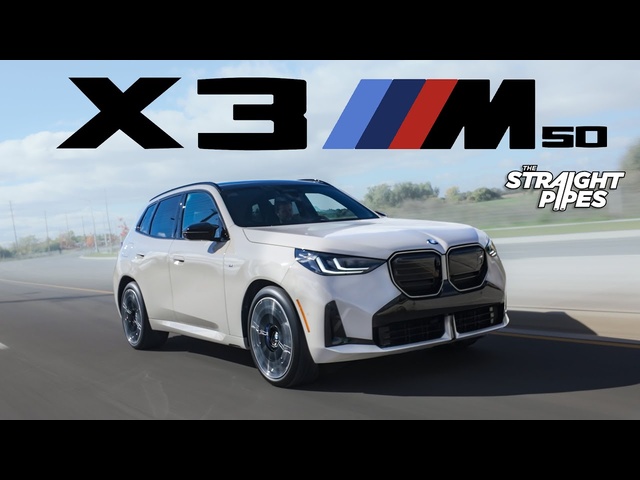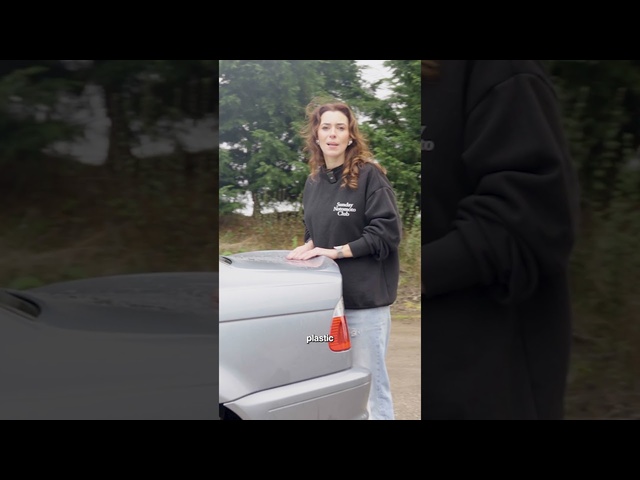Views: 34090
Harrier Jump Jet In Action HD 2013 Vertical Take Off + Landing Cool NATO Carjam TV Commercial 2014
CARJAM TV - Subscribe Here Now http://www.youtube.com/carjamradio
Like Us Now On Facebook: http://www.facebook.com/CarjamTV
For The World's Best Car Videos
Website: http://www.carjamtv.com
Twitter: http://www.twitter.com/carjamtv
Tumblr: http://www.carjamtv.tumblr.com/
Facebook: http://www.facebook.com/CarjamTV
Pinterest: http://www.pinterest.com/carjamtv/carjam-tv/
YouTube: http://www.youtube.com/user/CarjamRadio
The Harrier, informally referred to as the Jump Jet, is a family of military jet aircraft capable of vertical/short takeoff and landing (V/STOL) operations. Historically the Harrier was developed in Britain to operate from ad-hoc facilities such as car parks or forest clearings, avoiding the need for large air bases vulnerable to tactical nuclear weapons. Later the design was adapted for use from aircraft carriers. The Harrier is also distinct as being of modern era, yet subsonic, contrasting with most of the major Western post-World War II-era attack aircraft, which tend to be supersonic.
There are two generations of four main variants of the Harrier family:
Hawker Siddeley Harrier
British Aerospace Sea Harrier
Boeing/BAE Systems AV-8B Harrier II
BAE Systems/Boeing Harrier II
The Hawker Siddeley Harrier is the first generation-version and is also known as the AV-8A Harrier. The Sea Harrier is a naval strike/air defence fighter. The AV-8B and BAE Harrier II are the US and British variants respectively of the second generation Harrier aircraft.
The Harrier was extensively redeveloped by McDonnell Douglas and British Aerospace (now parts of Boeing and BAE Systems respectively), leading to the Boeing/BAE Systems AV-8B Harrier II.[1] This is a family of second-generation V/STOL jet multi-role aircraft, including the British Aerospace-built Harrier GR5/GR7/GR9, which entered service in the mid-1980s. The AV-8B is primarily used for light attack or multi-role tasks, typically operated from small aircraft carriers. Versions are used by several NATO countries, including Spain, Italy, and the United States. The BAE Systems/Boeing Harrier II is a modified version of the AV-8B Harrier II that was used by the Royal Air Force (RAF) and the Royal Navy until 2010.
Between 1969 and 2003, 824 Harrier variants were delivered. While manufacture of new Harriers concluded in 1997, the last remanufactured aircraft (Harrier II Plus configuration) was delivered in December 2003 which ended the Harrier production line.
As of late 2010, the F-35B STOVL variant of the F-35 Lightning II (formerly the Joint Strike Fighter) is intended to replace the AV-8B Harrier II in service with the US Marine Corps[3][4] and the Italian Navy[5] from 2014 onwards. As of May 2012, the RAF and Royal Navy are also scheduled to introduce the F-35B around 2020.[6] In 2010, it was announced that the RAF and RN would retire their remaining Harriers by 2011,[7] and in December 2010 the RAF's Harrier GR9s made their last operational flights.[8] In June 2011, the MoD denied press reports that the aircraft are to be sold to the US Marine Corps for spares to support their AV-8B fleet, but options for disposal are still being considered.[9][10] However, at the end of November 2011, Defence Minister Peter Luff announced the sale of the final 72 Harriers to the US Marine Corps.[11] As many as possible of the 72 Harrier GR9s will be converted to match AV-8B Night Attack configuration to augment the total AV-8B end strength (this will allow the USMC to retire some high-flight-hour F/A-18D aircraft), while the remaining aircraft will be used as spare parts sources for the airworthy fleet. http://en.wikipedia.org/wiki/Harrier_Jump_Jet
A vertical and/or short take-off and landing (V/STOL) aircraft is an airplane able to take-off or land vertically or on short runways. Vertical takeoff and landing (VTOL) aircraft are a subset of V/STOL craft that do not require runways at all. Generally, a V/STOL aircraft needs to be able to hover. Helicopters are not considered under the V/STOL classification as the classification is only used for airplanes, aircraft that achieve lift in forward flight by planing the air, thereby achieving speed and fuel efficiency that is typically greater than helicopters are capable of.
A rolling takeoff, sometimes with a ramp (ski-jump), reduces the amount of thrust required to lift an aircraft from the ground (compared with vertical takeoff), and hence increases the payload and range that can be achieved for a given thrust. For instance, the Harrier is incapable of taking off vertically with a full weapons and fuel load. Hence V/STOL aircraft generally use a runway if it is available. I.e. short takeoff and vertical landing (STOVL) or conventional takeoff and landing (CTOL) operation is preferred to VTOL operation.
The latest V/STOL aircraft is the F-35B, which is expected to enter service in 2016. http://en.wikipedia.org/wiki/V/STOL
Like Us Now On Facebook: http://www.facebook.com/CarjamTV
For The World's Best Car Videos
Website: http://www.carjamtv.com
Twitter: http://www.twitter.com/carjamtv
Tumblr: http://www.carjamtv.tumblr.com/
Facebook: http://www.facebook.com/CarjamTV
Pinterest: http://www.pinterest.com/carjamtv/carjam-tv/
YouTube: http://www.youtube.com/user/CarjamRadio
The Harrier, informally referred to as the Jump Jet, is a family of military jet aircraft capable of vertical/short takeoff and landing (V/STOL) operations. Historically the Harrier was developed in Britain to operate from ad-hoc facilities such as car parks or forest clearings, avoiding the need for large air bases vulnerable to tactical nuclear weapons. Later the design was adapted for use from aircraft carriers. The Harrier is also distinct as being of modern era, yet subsonic, contrasting with most of the major Western post-World War II-era attack aircraft, which tend to be supersonic.
There are two generations of four main variants of the Harrier family:
Hawker Siddeley Harrier
British Aerospace Sea Harrier
Boeing/BAE Systems AV-8B Harrier II
BAE Systems/Boeing Harrier II
The Hawker Siddeley Harrier is the first generation-version and is also known as the AV-8A Harrier. The Sea Harrier is a naval strike/air defence fighter. The AV-8B and BAE Harrier II are the US and British variants respectively of the second generation Harrier aircraft.
The Harrier was extensively redeveloped by McDonnell Douglas and British Aerospace (now parts of Boeing and BAE Systems respectively), leading to the Boeing/BAE Systems AV-8B Harrier II.[1] This is a family of second-generation V/STOL jet multi-role aircraft, including the British Aerospace-built Harrier GR5/GR7/GR9, which entered service in the mid-1980s. The AV-8B is primarily used for light attack or multi-role tasks, typically operated from small aircraft carriers. Versions are used by several NATO countries, including Spain, Italy, and the United States. The BAE Systems/Boeing Harrier II is a modified version of the AV-8B Harrier II that was used by the Royal Air Force (RAF) and the Royal Navy until 2010.
Between 1969 and 2003, 824 Harrier variants were delivered. While manufacture of new Harriers concluded in 1997, the last remanufactured aircraft (Harrier II Plus configuration) was delivered in December 2003 which ended the Harrier production line.
As of late 2010, the F-35B STOVL variant of the F-35 Lightning II (formerly the Joint Strike Fighter) is intended to replace the AV-8B Harrier II in service with the US Marine Corps[3][4] and the Italian Navy[5] from 2014 onwards. As of May 2012, the RAF and Royal Navy are also scheduled to introduce the F-35B around 2020.[6] In 2010, it was announced that the RAF and RN would retire their remaining Harriers by 2011,[7] and in December 2010 the RAF's Harrier GR9s made their last operational flights.[8] In June 2011, the MoD denied press reports that the aircraft are to be sold to the US Marine Corps for spares to support their AV-8B fleet, but options for disposal are still being considered.[9][10] However, at the end of November 2011, Defence Minister Peter Luff announced the sale of the final 72 Harriers to the US Marine Corps.[11] As many as possible of the 72 Harrier GR9s will be converted to match AV-8B Night Attack configuration to augment the total AV-8B end strength (this will allow the USMC to retire some high-flight-hour F/A-18D aircraft), while the remaining aircraft will be used as spare parts sources for the airworthy fleet. http://en.wikipedia.org/wiki/Harrier_Jump_Jet
A vertical and/or short take-off and landing (V/STOL) aircraft is an airplane able to take-off or land vertically or on short runways. Vertical takeoff and landing (VTOL) aircraft are a subset of V/STOL craft that do not require runways at all. Generally, a V/STOL aircraft needs to be able to hover. Helicopters are not considered under the V/STOL classification as the classification is only used for airplanes, aircraft that achieve lift in forward flight by planing the air, thereby achieving speed and fuel efficiency that is typically greater than helicopters are capable of.
A rolling takeoff, sometimes with a ramp (ski-jump), reduces the amount of thrust required to lift an aircraft from the ground (compared with vertical takeoff), and hence increases the payload and range that can be achieved for a given thrust. For instance, the Harrier is incapable of taking off vertically with a full weapons and fuel load. Hence V/STOL aircraft generally use a runway if it is available. I.e. short takeoff and vertical landing (STOVL) or conventional takeoff and landing (CTOL) operation is preferred to VTOL operation.
The latest V/STOL aircraft is the F-35B, which is expected to enter service in 2016. http://en.wikipedia.org/wiki/V/STOL
More by CARJAM TV
-
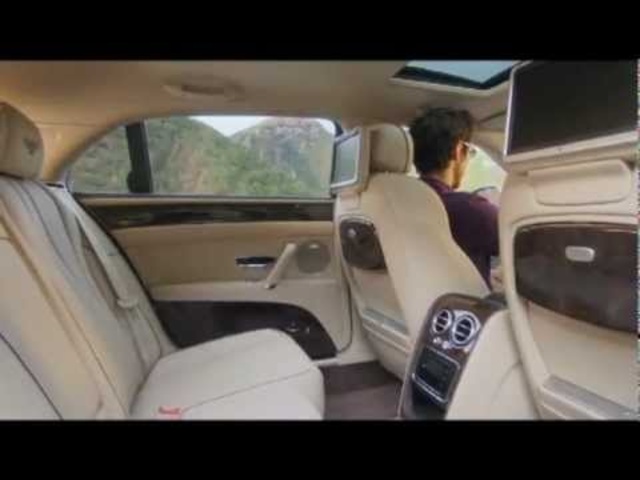 2013 Bentley Flying Spur Commercial 2013 Carjam ...
2013 Bentley Flying Spur Commercial 2013 Carjam ...
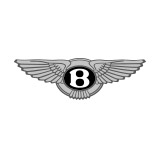 Bentley
Views: 2725
Bentley
Views: 2725 -
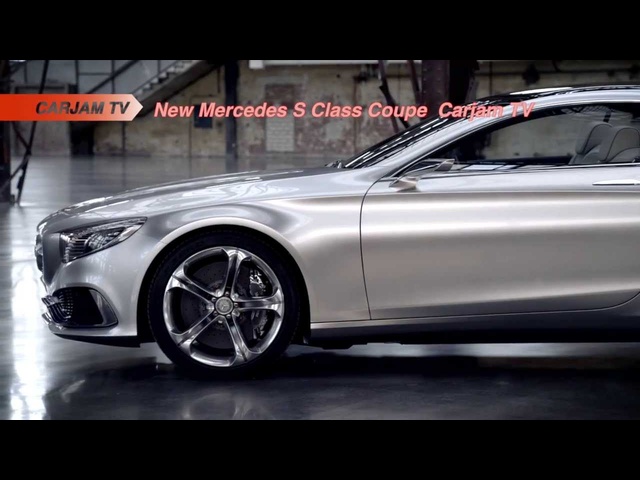 New Mercedes S Class Coupe HD 2014 First Full ...
New Mercedes S Class Coupe HD 2014 First Full ...
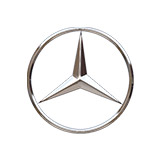 Mercedes
Views: 17811
Mercedes
Views: 17811 -
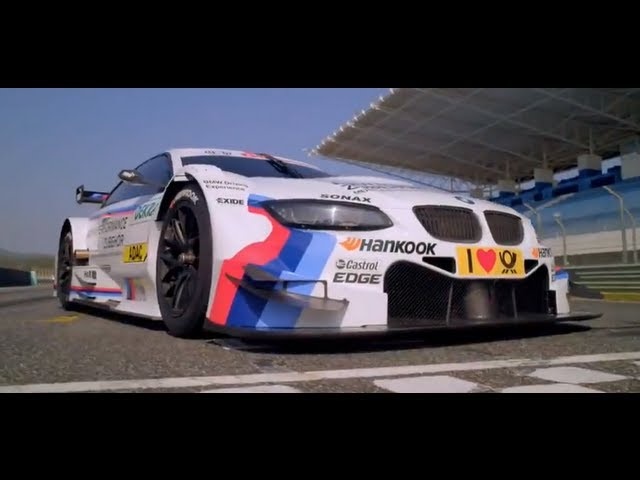 BMW 2013 Winning DTM + Sailing + Golf + Art ...
BMW 2013 Winning DTM + Sailing + Golf + Art ...
 BMW
Views: 3861
BMW
Views: 3861 -
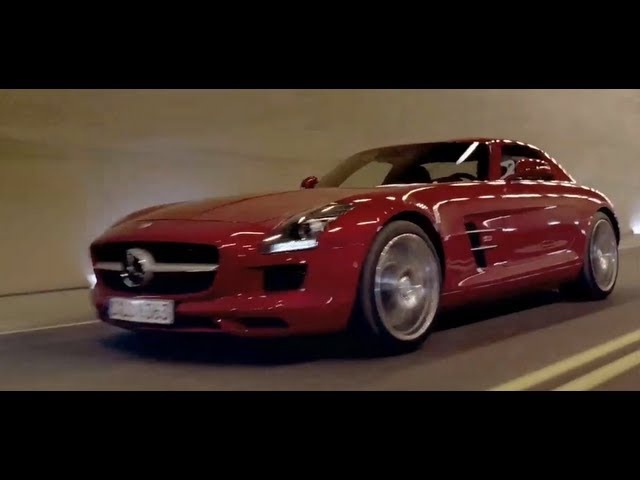 Mercedes SLS AMG 2013 Classic TV Commercial ...
Mercedes SLS AMG 2013 Classic TV Commercial ...
 Mercedes
Views: 2861774
Mercedes
Views: 2861774



